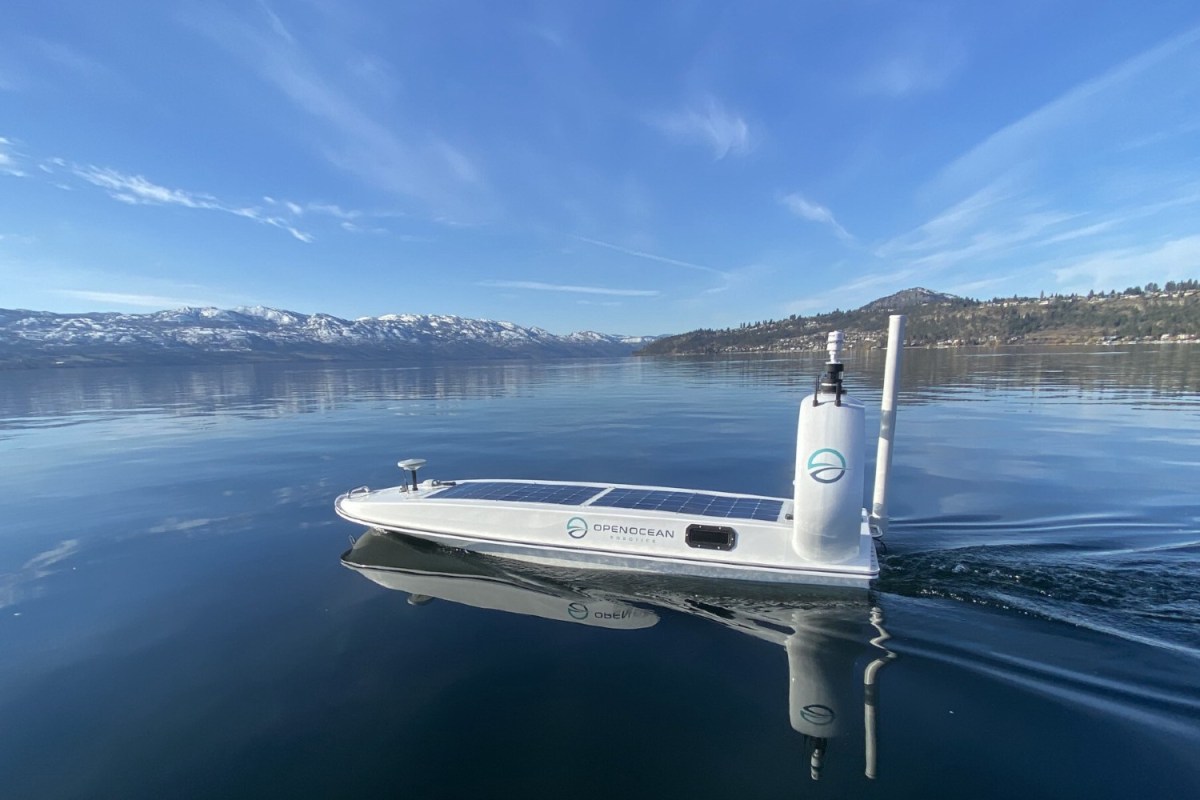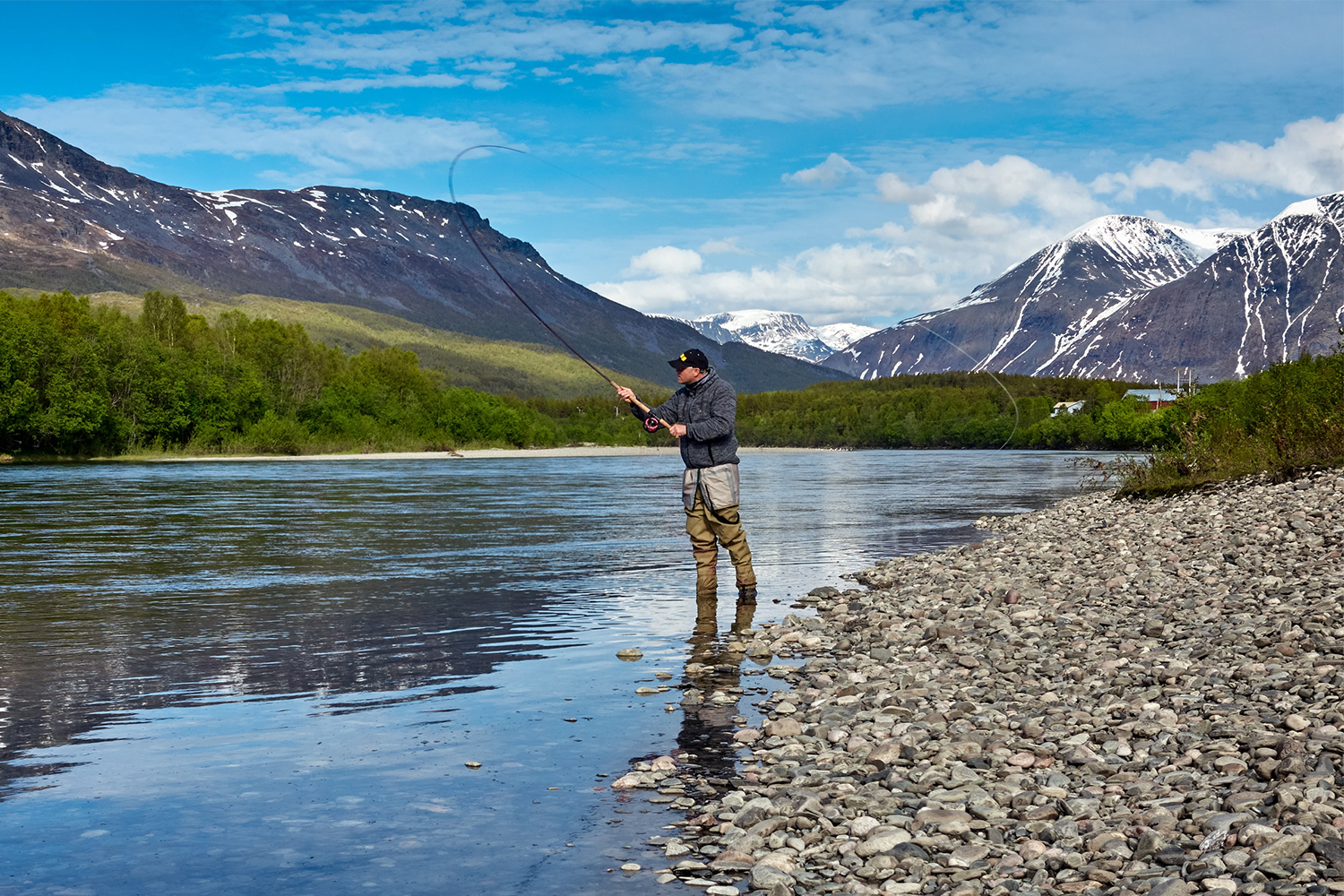Illegal fishing is more of a harmful issue than you might initially think. We’re not talking about someone fishing off a pier without a license here; instead, this is a massive industry that negatively impacts the environment and often involves crime syndicates with ties to other illegal activities. Monitoring vast bodies of water isn’t easy, which is why law enforcement has begun to look into a new tool: autonomous vessels. Or, for all intents and purposes, aquatic police robots.
A new article at Smithsonian Magazine explores a competition currently in progress to develop autonomous vessels for the National Oceanic and Atmospheric Administration (NOAA) and the California Department of Fish and Wildlife (CDFW).
A trio of robotics companies are presently competing: British Columbia’s Open Ocean Robotics, Connecticut’s ThayerMahan and California’s Marine Advanced Robotics. Smithsonian‘s Vanessa Minke-Martin described the first stage of the process as involving “a three-day field demonstration using surveillance technology to track boats, detect fishing activity, and collect evidence.”
The robots need to gather evidence in a very particular way. Documenting that a particular vessel is fishing is one thing, but collecting specific data can also help law enforcement determine if that vessel is engaged in illegal activities. The article mentions boats’ automated information system, which illegal operations generally turn off. If one of the robots can detect and transmit this, it can give law enforcement a better sense of what to look for.
There’s still a lot of work to be done in this competition and in the field in general, but the groundwork for a blend of marine ecosystems and high-tech hardware is being established even now.
Thanks for reading InsideHook. Sign up for our daily newsletter and be in the know.

















